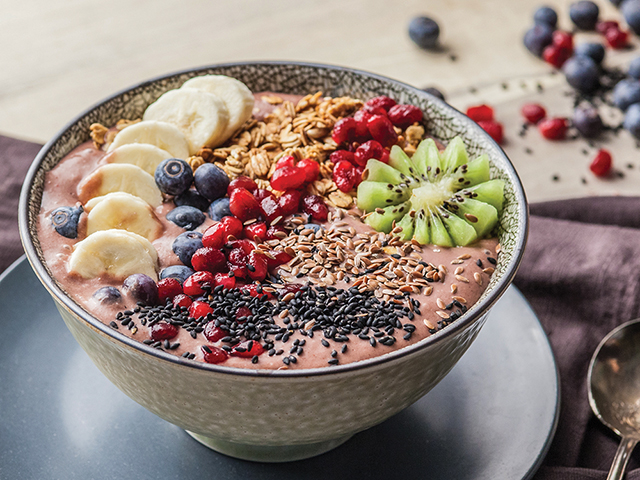
The most popular girl’s toy in history has been given three new body types: petite, tall and curvy. Known as Project Dawn, Mattel, the creators of Barbie needed to recreate new relatable dolls in order to stop their plummeting sales.
Barbie sales fell by 20 per cent from 2012 to 2014 and continued to fall last year, with the increase in sales for girls’ toys at Lego and the Elsa doll dethroning Barbie as the top selling doll for girls. According to Time Magazine, the estimated revenue loss to Mattel from Elsa and the other Disney Princesses is $500 million.
With the rise of stars such as Lena Dunham, Kim Kardashian and Demi Lovato, beauty ideals and body images have evolved, with parents looking for toys that represent real beauty for their children to play with. While the Elsa doll is also thin and blonde, she represents strength and sisterhood, a background that Barbie lacks.
Barbie has been controversial since her inception in the late 1950s, as her creator, Ruth Handler, based Barbie’s body on a German doll called Lilli, a prostitute gag gift handed out at bachelor parties. In 1963, Barbie was sold with a diet book that recommended simply, “Don’t eat”. Another Barbie had pre-programmed phrases such as, “Math class is tough”. In the 1970s, feminists at Berkeley burned her as a symbol of male oppression.
While Barbie was a businesswoman in 1963, an astronaut in 1965 and a surgeon in 1973, the doll has always been a symbol of unrealistic body images and stereotypes for young girls.
Critics of Barbie claim she isn’t as popular as she used to be as she failed to keep up with pop-culture and become culturally diversified. However the new Barbie represents all shapes, sizes, colours and hairstyles, hoping that young girls will resonate with a particular doll and save Barbie from being socially and profitably irrelevant.
Catherine Devine
Image credit: Mattel2016




Leave a Reply